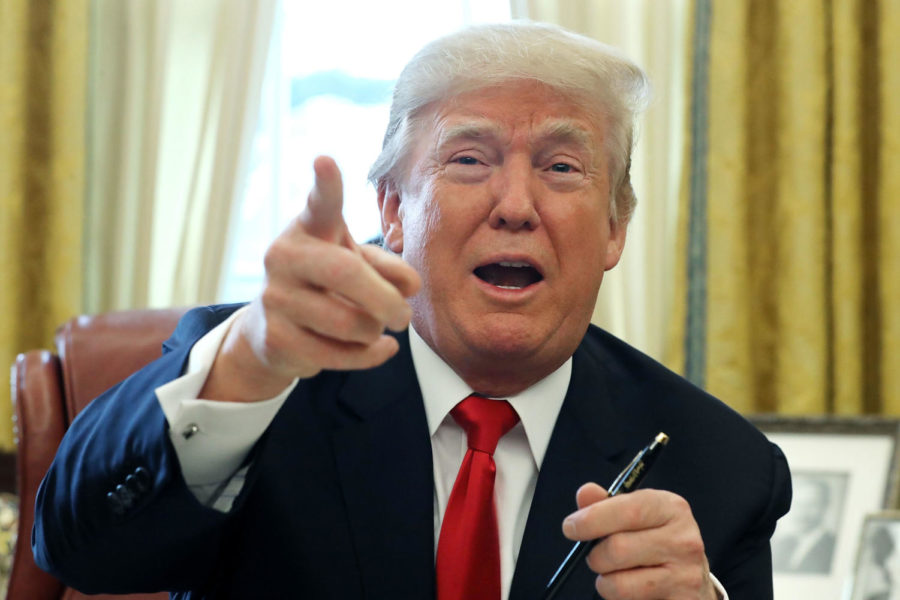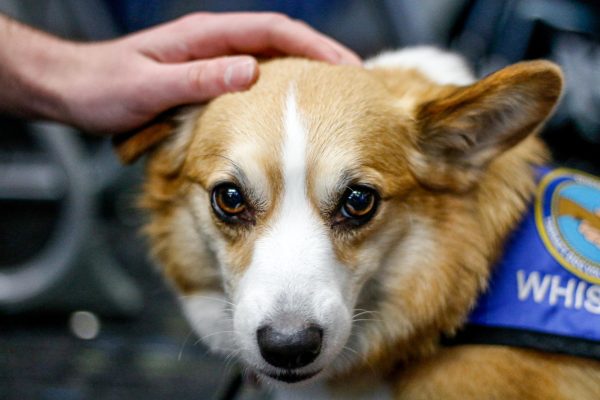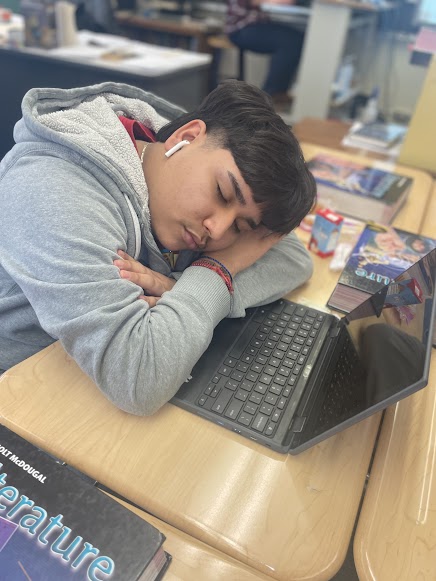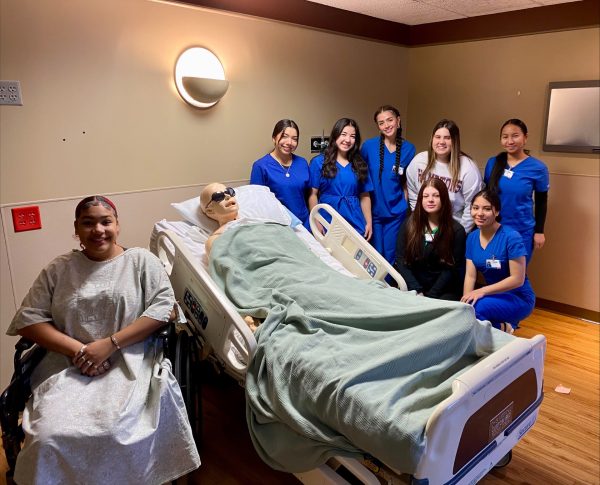An overview of the Trump presidency: Year Two 2018
WASHINGTON, DC – DECEMBER 22: U.S. President Donald Trump talks with journalists after signing tax reform legislation into law in the Oval Office December 22, 2017 in Washington, DC. Trump praised Republican leaders in Congress for all their work on the biggest tax overhaul in decades. (Photo by Chip Somodevilla/Getty Images)
Many historical events happened in 2018 that shaped the future of the world and the United States. Trump did many things during his first year and was looking to have a strong 2nd year.
In one of Trump’s first actions of the year, President Trump withheld millions of dollars in military aid to Pakistan on Jan 1. He claimed that if he allowed the transfer then he would be funding a “terrorist state.”
On Jan. 2, Trump threatened to withhold more funding to a middle-eastern nation, Palestine. This was because Palestine continued its aggressions with Israel and refused to reach any peace deals with their neighbor.
On Jan. 5, the Trump administration submitted a $18 billion bill that would construct 316 miles of the southern border with Mexico. If passed, the bill would fund the upgrading of nearly three fourths of the existing wall along the border wall.
On Jan. 20, the longest government shutdown in American history began because Democrats and Republicans could not agree on immigration, with tensions finally boiling over into a shutdown.
On Jan. 30, Trump gave his first State of the Union Address and covered several topics, including natural disasters, terrorism, immigration, economic growth, the U.S. nuclear arsenal, and patriotism.
On Feb. 20, Trump submitted his 2019 proposal of $4.4 trillion to Congress.
After the Parkland shooting on the 14th of February, President Trump addressed the nation and offered his condolences to the families of the victims.
On Feb. 20, Trump told the Department of Justice to begin bans on items that could turn semi-automatic weapons into full-automatic. The banning of these items would help insure that shootings such as the Parkland shooting and the infamous 2017 Las Vegas Shooting would be less prevalent in the future.
March saw some economic changes come into place, the first being the imposition of tariffs on March. 8. These tariffs would be put on steel and aluminum from most countries within 15 days of the signing. This tariff would not affect Canada and Mexico since they were members of the North America Free Trade Agreement (NAFTA).
In March. 8, Trump also met with video game executives to discuss the potential that violent video games had on making children violent.
In March. 11, Trump’s administration proposed better background checks and gun safety measures.
The Mexican border was one of the issues that Trump wanted to tackle during his presidency. He tried to handle the issue by deploying the U.S. National Guard members to the U.S.-Mexican border on April. 4.
On April. 9, President Trump met with several military leaders to discuss a response to the use of chemical weapons and poisonous gas by the Syrian government. The use of these weapons in the Syrian Civil War raised a lot of protest against the Syrian government internationally, with several nations denouncing Syria’s actions.
On April. 13, in response to the Syrian government’s use of chemical weapons on civilians, President Trump authorized joint military strikes with the U.S., France and the U.K. These attacks would deter the use of chemical weapons on civilians.
On June. 12, history was made when President Trump and North Korean Leader Kim Jong-un met at the Singapore Summit. The summit made sweeping changes to Asia. North Korea promised to denuclearize and would seek peace with the western powers. The summit was a huge success for the United States, seeing its biggest threat at the time make moves towards peace.
On July. 23, a major event happened at the White House, a “Made in America Week” featuring products from all 50 states. This was a celebration of America and patriotism and was very popular among Republicans.
In July. 29, Trump threatened on Twitter to support another government shutdown if democratic lawmakers did not push for stricter border security to fund the construction of a new border wall.
In preparations for Fiscal Year 2019, President Trump signed the John McCain National Defense Authorization Act on Aug. 13. The act would fund military actions for the Department of Defense, the construction of military facilities and defense actions for the Department of Energy.
On Sept .4, Congress began the confirmation hearings for the Supreme Court nominee Brett Kavanaugh. President Trump nominated Kavanaugh to the Supreme Court to replace Anthony Kennedy, who was retiring in 2018.
The Brett Kavanaugh hearings ended on Sept. 7. A vote to confirm Kavanaugh to the Supreme Court was scheduled for Sept. 20. Protests were present in the Capital because of the hearing results. Two hundred protesters were arrested by capital police.
On Oct. 1, Trump announced another change to foreign trade with changes to the United States-Mexico-Canada agreement, or the USMCA agreement. It would replace the NAFTA agreement that had been signed by the United States, Canada, and Mexico and would impose stricter tariffs and trade.
The Brett Kavanaugh vote finally came after it had been delayed due to sexual harassment allegations against him came out. The senate voted 51-49 on Oct. 5 to confirm Brett Kavanaugh after the FBI investigated the matter.
On Nov. 14 America saw President Trump’s first prison reform act. The First Step Act would reform federal prison and sentencing laws to help reduce the prison population, and maintain public safety.
On Dec. 1, President Trump had a dinner with Chinese President Xi Jinping, where they had both agreed to halt the escalating trade war that had been brewing for a while.
On Dec. 18, Trump would finally concede defeat on his demands for a stronger border wall along the southern border. The wall had been one of his focal points during his campaign, but would not be constructed at the scale and cost that he had wanted.












